If there were a major catastrophe that hit your area, would you be able to handle the ensuing stress and physical demands? What can you begin to practically do now to prepare yourself physically should such an event occur? In this article, we’ll cover the topic of physical fitness and prepping to provide you with information to ensure you’ll be physically ready to endure a crisis.
I’ve lost track of how many prepper articles that put a focus on gear and gadgets yet so little emphasis is given to take care of your number 1 prep: yourself. If there was a catastrophe that hit your area and you were hit with stress or required to physically work hard to take care of you or your family, it will be too late at this point to get yourself prepared and you may find yourself becoming a liability.
In this article, we’ll discuss the following points:
- How to do an assessment of whether you could physically weather a crisis
- What physical demands you can expect in a crisis
- How to determine your goals
- The basics of proper nutrition, exercise, and rest
- My own personal journey over the next 12 weeks
Doing an honest assessment
To begin with, let’s do an honest evaluation of ourselves. In this day and age it’s easy to compare ourselves to others and say “that person is more overweight than I am” or use some other measurement to make ourselves, feel better, but the reality is that 2 out of 3 Americans is Obese which is just a staggering number. The line for determining what is in shape has changed drastically recently in the U.S. and here are a few simple things you can do now to really figure out where you stand. Before I lose anyone jumping into a quick run through discussing Body Mass Index, please note that the following discussion is to a starting point to hopefully open your eyes to where you stand in regards to weight which while is not the most important indicator of your overall well-being, it’s an important starting point nonetheless.
So let’s discuss BMI. You can find your BMI, or Body Mass Index, within a relative degree of accuracy, by using a Body Fat Caliper Measurement Tool and a Body Tape Measure. These are relatively cheap and you can pick them both up online for about $7.00. Once you’ve determined your BMI, there’s plenty of information out there that show you what your range should be. Now, this an excellent place to start to determine what your BMI should be. If you don’t have the tools I mentioned, you can use a website like this one that will at least give you an idea of what your weight should be for your height. Now, this doesn’t account for things like carrying extra muscle which is beyond the range of discussion of this article, but it will give you a starting point nonetheless. I figure if you’re already carrying a lot of extra lean muscle, you’re probably a weight-lifter and probably have already studied this topic.
So now that we’ve covered discussing how to find your BMI, let’s discuss some practical things you can do now to evaluate your overall well-being and physical fitness. Again, there’s so many things apart from these points I’m going to discuss, but these are some common ones:
- How long does it take you to run a mile or even more importantly, could you run a mile? The average person will take anywhere between 7 to 10 minutes depending on a lot of factors, but for a non-athlete, you should be able to run a mile somewhere in this time frame.
- How far can hike with your Bug Out Bag? If you were to stop reading this article and simply go and grab your Bug out Bag, how far could you make it before you gave up? Could you make it 5 or 10 miles? And by the way, this is a good exercise you should perform regardless as it’s easy to load up our bags with tons of gear but if you can’t carry it far, what’s the point? If you’re not physically able to carry it far, you need to ask yourself some hard questions. Again, I’ve had some honest internal discussions lately which I’ll share with you at the end of this article.
The reality is that most of us live a sedentary lifestyle not involving a lot of movement. The average American sits 10 hours of a day. This includes time at work, commuting and relaxing in front of the T.V. in the evening. I could go into a long discussion of the dangers of sitting and what studies are showing, but I’ll let you research that yourself. Spoiler alert: it’s not good. This is a problem I ran recently into as well which I’ll discuss at the end of this article.
If there’s a crisis, physical labor will be the norm and many people will simply die because their bodies will not be able to handle the physical stress. Many people think they’ll go from a sedentary lifestyle to suddenly being able to perform a lot of physical work. While I’m not saying this is impossible, you definitely put yourself at a much higher risk by living this lifestyle. Trust me when I say I understand the challenges of working a day job sitting behind a desk all day and the challenges that are involved with getting up and moving. Again, I’m going to share a lot of personal information at the end of the article about my own journey and having to overcome this dilemma.
And before we move on to the next topic, let me address a comment I hear way too often in the comment section of my articles. I often hear things like, “Being obese is good because you will be able to endure the lack of food longer than a skinny person.” There’s so many problems with this argument, but I’ll quick point out a few things:
- The biggest problem is that you run a much higher risk of health problems like diabetes, arthritis, and heart related issues. As preppers it’s easy to get myopic and focus on some catastrophe we think is right around the corner and not think about our long-term well-being. Carrying extra weight for years will lead you to an early death or at best leave you with many medical problems you’ll have to pay a lot of money to deal with.
- If you think you can just live off your body fat, that’s called starvation. You ever been around anyone that is fasting or not eating for an extended period of time for whatever reason? These people are often miserable and really have little to no energy.
Remember, your life and the lives of those around you may depend on you being in shape to perform if a catastrophe happens. If you have health conditions that are due to neglect or simply overweight or out of shape, you will be ineffective and a dead weight when a catastrophe happens. No amount of gadgets, gear or skills will help you if are out of shape or your body is ineffective due to neglect.
What you can expect in a crisis
To start with, expect a lot of stress. Many people will simply die when the reality hits that things are going to be radically different and the world as they know is gone. When people freak out and let the stress of the moment hits them, there’s going to be a lot of people that will simply drop dead. There’s a lot of different types of stress you’ll undergo in a crisis moment like this, but suffice it to say, the pressure will be great.
Also, there will be a lot of physical activity. The days of convenience will be gone having machinery and other equipment doing the heavy lifting and work for you. Things you’ll probably end up having to do:
- Chopping, carrying and moving wood
- Carrying a bug out bag if you have to move
- Walking long distances
- Carrying buckets of water long distance
- The list could go on and on
The days of driving your car everywhere and having all the luxuries of modern conveniences will be gone for however long it will take until things return to normal. And simply transitioning from a sedentary lifestyle to a very active lifestyle won’t happen overnight.
So let’s talk about the first step in getting fit: what are your goals?
Hopefully, by now you’re sold on getting in physical condition to weather a catastrophe but getting in shape will mean different things for different people. Not everything is about being overweight, but if live in the United States, you run about a 66% chance that are you overweight. Maybe you’re not overweight but rather you just don’t have endurance. Or maybe you have endurance but you have no strength. So the first thing you need to determine is what is your goal.
So here’s some typical goals you may want to set:
- Weight loss. This is my personal goal at the moment and we’ll go into a deeper discussion of this momentarily.
- Endurance. Most survival educators recommend that a bug-out bag is no more than about 30 pounds. The next time you’re at the store, stop by the dog food aisle and pick up a 20 or 30-pound bag and carry it up and down the aisle. Or try walking up several flights of stairs the next time you’re at work. If you’re winded quickly, you may need to work on your endurance.
- Strength. This one is different for different people. Some people are naturally strong while others can gain strength through simple weightlifting or resistance training, something we’ll discuss on the next point.
- Being mobile. As discussed earlier, the average American sits 10 hours a day. You really want to avoid a sedentary at all costs. Getting active and incorporating aerobic activities is critical.
So now that you’ve figured out your goals, we’ll discuss the basics of proper nutrition and exercise which will cover the typical goals we mentioned above.
I’m not quite sure why this has become so confusing, but I’ll let you in on the secret of physical fitness: eat proper nutrition and exercise and you’ll be healthy and lose body fat. Is your mind blown? Why is there so much confusion on this issue? Well, physical fitness is a $60 billion-plus industry. When checking out at the grocery store, you’ll see the magazines on the rack in the checkout line that guarantees some secret found within the pages will help ensure you lose 30 pounds in 1 month. There’s diet pill commercials, body sculpting surgeries and so many other things being marketed to you that promise you’ll be better and stronger if you just buy their product or supplement. Everyone is trying to sell you a product.
While this article is not primarily about weight loss as there’s many elements to being fit, it’s the first issue many have to face when beginning their journey of getting physically fit. As such, we’ll discuss 2 elements that are critical for weight loss and play a very important role as well in regards to the other goals we discussed earlier. There’s 2 key ingredients you need to observe:
The first is nutrition…your diet. And I don’t mean “diet” as in going on a weight loss diet but rather the discussion of what you eat. Most books I’ve studied over the years put nutrition as 75% of weight loss. It’s important that you understand how calories impact your ability to lose weight. The bottom line is that is if you want to drop weight, you’ll need to take in less calories than you expend. I’ve had obese friends that will spend hours at the gym but never lose weight b/c they’re taking in way more calories than they use on a daily basis. So how do you determine the number of how many calories you should be taking in? There’s a lot of tools online, like this one: https://authoritynutrition.com/how-many-calories-per-day/. Sites like these give you a starting point in understanding how many calories you should be taking in a day in order to drop body fat. In order to monitor calorie usage, you’ll need to first set your goal and then keep track of what you actually are eating on a daily basis. You’ll want to determine how many calories are in your food. Again, there’s a plethora of tools online that will tell you how many calories are in typical foods you eat. If you’re not monitoring how many calories you’re taking in on a daily basis, it’s like driving a car without a fuel gauge. I just use a simple spreadsheet that helps me determine my calorie intake on a daily basis. Without documenting this information, you’ll allow yourself to begin cheating and eating little things here and there that over time will add a lot more calories to your daily intake. Monitor what you’re actually eating on a daily basis.
Here are a few other pointers for you:
Get a good balance of fats, proteins and complex carbs on a daily basis. While this may be a vague statement, I’ll discuss this more toward the end of the article.
You’ll want to avoid foods with a high glycemic index. These are foods that dissolve and quickly go into your bloodstream. Sites like this can help you understand whether the food you’re eating has a high glycemic index or not. Eating foods with a high value leads to health issues like diabetes as repeatedly consuming food that quickly dissolves into your bloodstream on a daily basis over time will damage your body.
Regarding supplements, when we get into this discussion, again, there’s a big industry out there that’s trying to sell you on products. There’s always the promise you’ll lose weight or be a better you if you just take their pills. This is mostly junk, to be honest. There’s only 3 supplements I use on a daily basis that are very basic. The first 2 many people use which are multivitamins and fish oil. The other supplement I usually use is protein powder which I use before I go to the gym. These items are relatively cheap to buy and last me a long time. Again, these aren’t weight loss pills or testosterone pills. These are just simple items you can pick up at your local grocery store.
Now regarding physical fitness, this will be different for every person. Some people enjoy yoga, running, biking, swimming and so on. If you’re sitting at a desk at all day, start out your morning with a cardio workout, park in the furthest spot in the parking lot, walk up the stairs at your job instead of taking the elevator. If you can jog, go for it. I jogged every day for 20 years until I tore my meniscus in my knee a few years ago. It was something I enjoyed a great deal but I’ve found other ways to continue pushing myself. When it comes to physical fitness, you should Google “HIIT workout”. HIIT stands for High Intensity Interval Training. I personally don’t enjoy being on the treadmill or elliptical machine for prolonged periods of time and studies have shown that using the HIIT approach for cardio has a lot of advantages over steady state cardiovascular workouts. I’m not necessarily trying to sell you on this, but it’s definitely worth your time to research and learn more. Without going on a tangent about different types of cardio workouts, the important thing for you to take away is that every little thing you can to do to add steps in your daily life will help. I have a lot of friends that use the Fitbit to help them monitor their daily physical activity and it has helped them a great deal. As you begin to get up and move more throughout the day, you’ll find your endurance improving. Whereas you may have only been able to walk a few blocks at the beginning, over time you’ll find by actually getting out and walking or jogging will make a big difference. The goal is to get up and move. Avoid the sedentary lifestyle which will lead to an early death.
Now regarding strength training, there’s a lot of information you can find online. Some of it can be confusing and overwhelming at first. I’ll share with you at the end of this article the approach I’m using and in the description section I’ll try and provide some additional resources you might find useful based on your level of experience. Resistance training is very important and is something you shouldn’t overlook. We have many local gyms in our area that are in the $10 to $20/month price range. I think it’s a good investment. If you do not have that option, there’s a lot of articles and videos that show how to use your own body weight for resistance training.
And regarding rest, don’t skimp on this either. It’s easy to allow yourself to get caught up in getting busy with life and neglecting a good night’s sleep. Sleep is free and it’s so important. Most people will deprive themselves of sleep and end up relying on caffeine and sugar to make it through the day. That’s an expensive path to head down and one you can’t afford. Get sleep.
So I’ll share with you my own personal journey over the next 12 weeks.
As I mentioned earlier in the article, I used to jog every day for years and then a few years ago tore the meniscus in my left knee. While I still have full mobility, I can’t handle high impact movements on my knee anymore. It was a bit discouraging when I developed the injury but I’ve had to learn to adapt to different ways of working out. I’ve admittedly gained some weight over that last several years and while preparing for this article, I’ve had to come to some difficult realities namely that I need to drop about 20 pounds of body fat. Beyond just wanting to drop some weight in the coming months, my long term goal is to make changes to my diet to ensure I can enjoy a long healthy life.
In the last several months, I have begun to make changes as I’ve recognized that some of my lifestyle choices are not healthy. For example, I used to sit more than 12 hours a day working beyond my computer. I built a treadmill desk a few months ago so I can work and move at the same time. I found a cheap treadmill on Craigslist and tossed it under the desk I built from scrap plywood and 2×4’s I had in my garage. It took some getting used to, but now it’s much more comfortable. Also a month ago I cut alcohol out of my diet completely and just in the last 4 weeks I’ve dropped 7 pounds without any other changes in my diet. A few days ago I also picked up a used elliptical workout machine from a friend of mine which has a low impact on my knee and allows me to get a good workout in the morning and evening. While purchasing this equipment set me back a little financially, the combined cost is lower than the amount of money I’d spend buying a case of 1000 rounds of 5.56 ammo. I say that to hopefully put things in perspective when it comes to prepping. We’ll buy gear and other things but often not invest in our own health. There really is no more important prep than your health. Without it, you’re done.
So here’s what I’m going to do in the next 3 to 4 months. I picked up a book on Amazon a few months ago called, “Bigger Leaner Stronger”, which I’ll be using as my program for the next several months. I have 2 personal goals: to drop about 20 pounds and increase my endurance. Beginning on the following Monday after I launch this article, I’m going to start following the routine from the book. Why use the routine from a book? I love details and a clear plan which the book offers for me. Also, I just set up an Instagram account recently for my channel and I’ll provide a link in the description below. If you want to follow along with my personal progress, I’ll post updates every week or two.
I know we covered a lot in this article, but don’t let this overwhelm you. I am the type of person that likes to get all the facts and information in front of me and then make a plan of action to move forward. If you’re wanting to make a change in your life and get physically fit, that’s a decision you’ll never regret. Find a way you can engage your body, start today and don’t let another day go by.
I hope this article gives you a starting point to make this very important decision. As always, I love to get feedback from the community in the comment section as I learn so much from you guys. This is a subject matter that requires action and sacrifice. I will keep you guys up to date on my own progress and will make a follow-up article on my own progress in the future.
As always, stay safe out there.


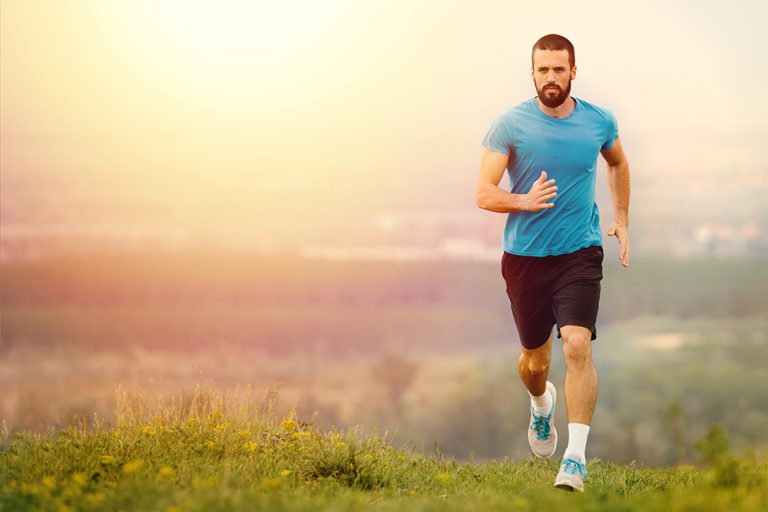

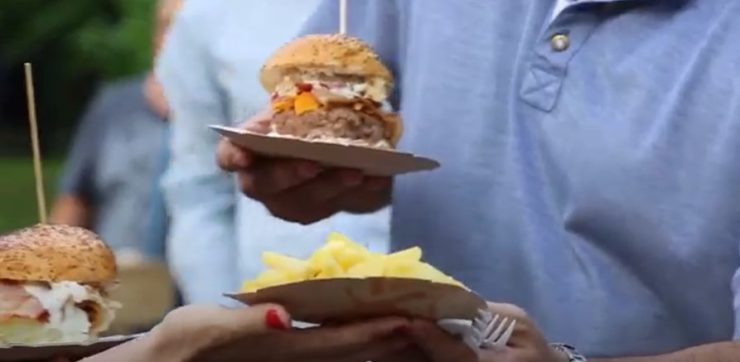
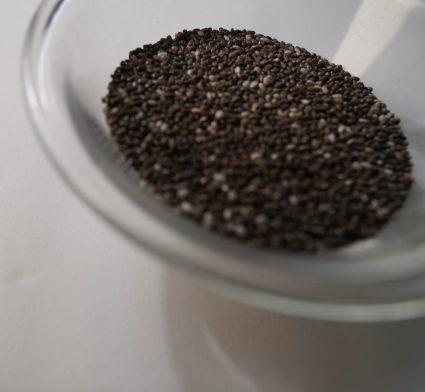

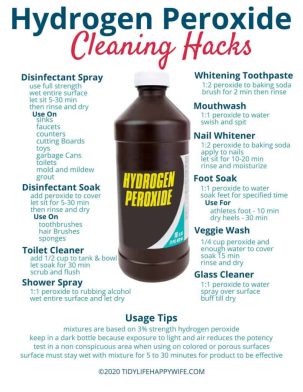


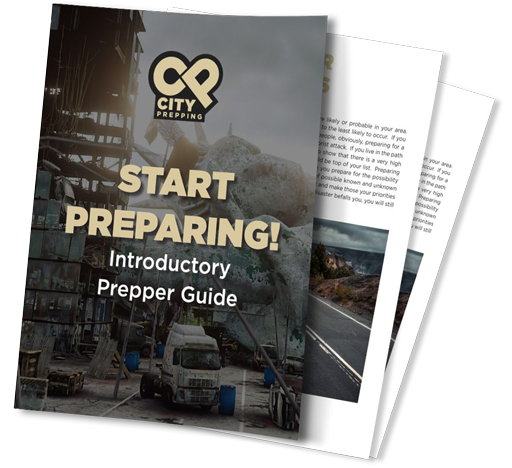
4 Responses
It looks like this is going to be a good path to give us.
Yes, this is an excellent idea. Really looking forward to this content. Thanks so much Chris and the team. Let us all enjoy a healthy future.
I’m all in
Great information. Thank you.